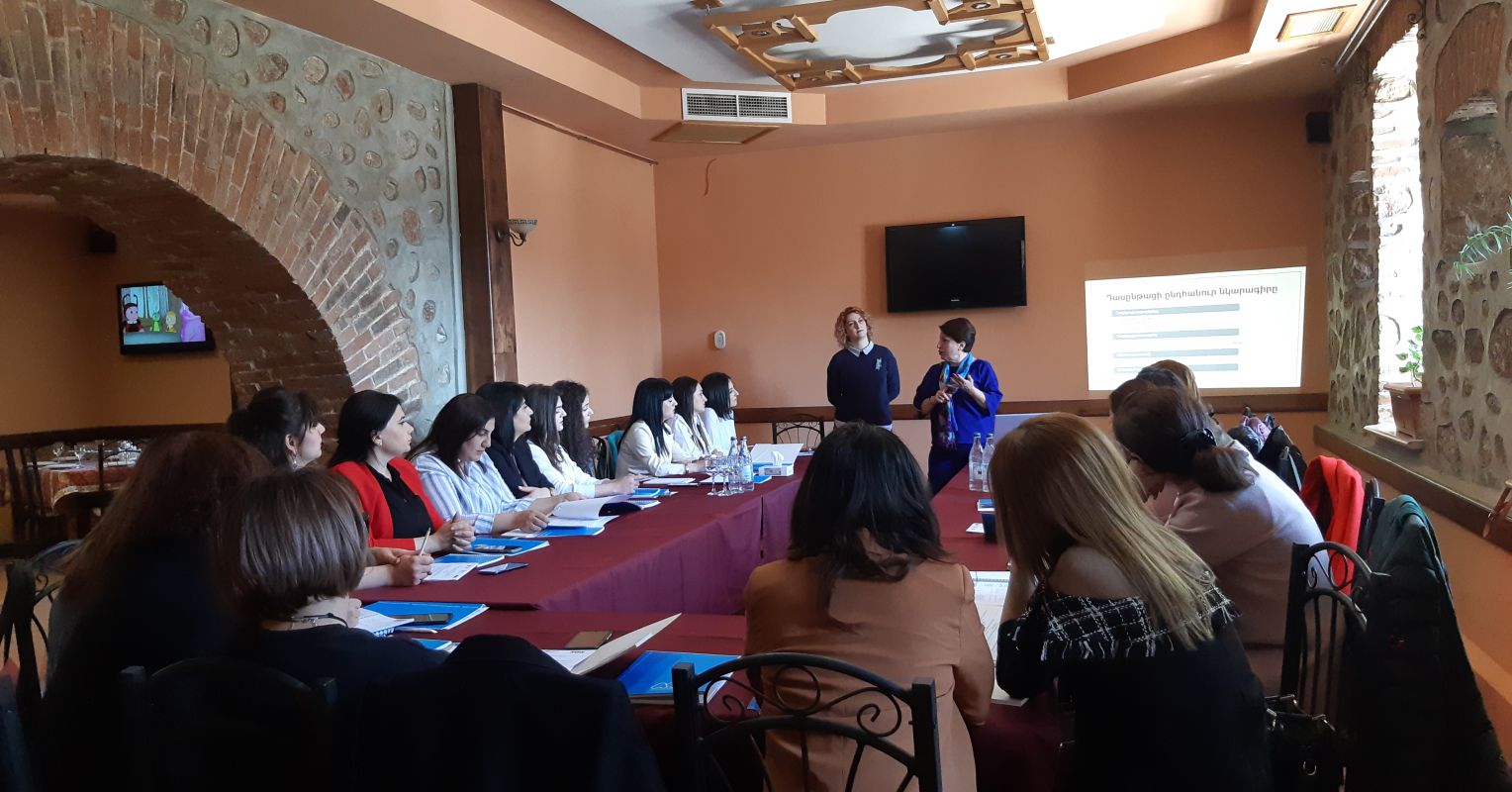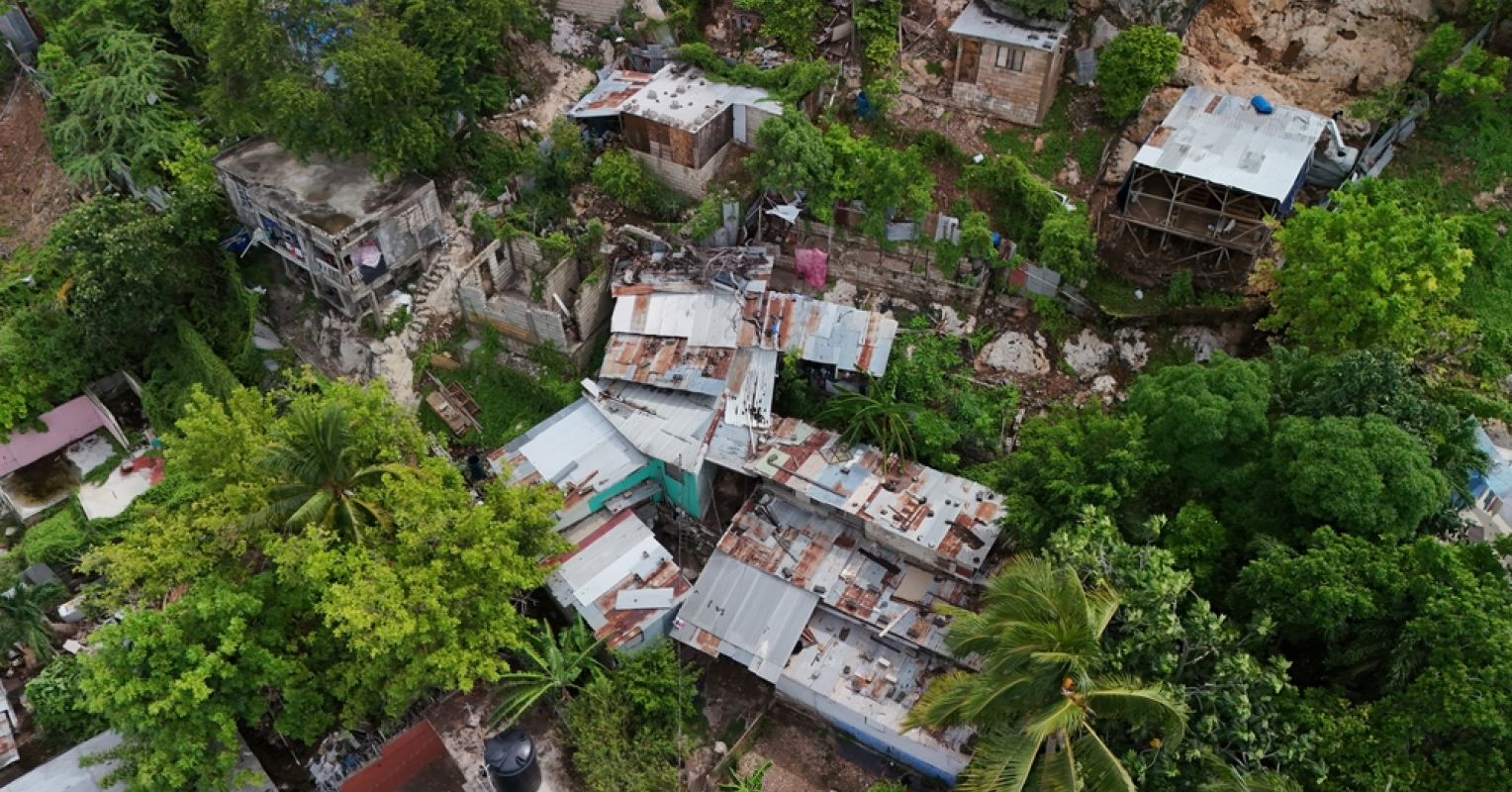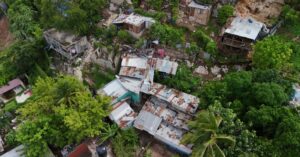The debate around returning to work (RTW) has been heated in the years since COVID-19 lockdowns. While many of those discussions focus on workplace flexibility and employer policies, for individuals who have experienced trauma—especially displaced migrants—the ability to return to meaningful work is more than just an economic necessity; it is a critical step toward healing, stability, and rebuilding their lives.
“Work as therapy” refers to using employment as a structured, therapeutic tool to help individuals process and recover from trauma. A consistent work environment can provide a sense of purpose, accomplishment, and control—elements that are crucial for those struggling with the psychological impact of displacement, war, or other traumatic events.
Research indicates that prolonged unemployment can worsen PTSD symptoms, while a structured return to the workforce can significantly aid in Mental health recovery. Key benefits of work as therapy include:
Structure and Routine. Research indicates that regular daily routines (e.g., hygiene, healthy eating, sleep, duties at home, exercising, leisure and social activities, and work/study involvement) are inversely associated with PTSD symptoms.
Sense of Achievement. Completing tasks and setting goals at work fosters self-efficacy and improves self-esteem.
Social Connection. Engaging with colleagues offers a support system and helps to reduce isolation. These close ties can “provide social support that helps regulate emotion and soothe trauma-driven fears. Social bonding can also promote faster recovery among people who develop post-traumatic stress disorder (PTSD) following trauma.
Skill Development. Learning new skills enhances confidence and empowers individuals to take control of their future.
Meaningful Purpose. Finding value in work can help restore a sense of identity after trauma.
Case Study: Supporting Refugees and Veterans in Armenia Through Employment
The impact of work as therapy is particularly evident among migrants and refugees who have faced forced displacement. On September 19, 2023, following a nine-month blockade and a military offensive by Azerbaijan, more than 100,000 ethnic Armenians from Nagorno-Karabakh were forced to flee to Armenia. Today, one in every 30 people in Armenia is a refugee, with approximately 52,000 of them of working age and the remaining 48% children and seniors over 65 who rely on them.
For these displaced individuals, employment and workforce reintegration is critical for their well-being, as well as that of those who depend on them. Many refugees, including skilled professionals such as doctors and teachers, are eager to return to work but face barriers such as certification and training requirements.
Retraining and Certifying Professionals
The Fund for Armenian Relief (FAR) has taken a proactive approach to helping refugees integrate into Armenia’s workforce. While collaborating with the Armenian government and NGOs, FAR provides vocational training, small business support, and job placement services for Armenian citizens and Artsakh refugees.
In Gyumri, Armenia’s second-largest city, FAR operates the Gyumri Information Technology Center (GITC), which equips individuals with technology skills, preparing them for jobs in Armenia’s growing IT sector. The program includes specialized courses for migrants and women, ensuring inclusive access to employment. As of 2023, 98% of GITC graduates had been placed in meaningful positions in the tech field.
FAR also has programs designed to help returning veterans re-enter the workforce. The program offers war veterans programming, engineering, and 3D-modeling training in an effort to enhance their employability and entrepreneurial skills. To date, more than 60% of the 300 veterans in the program are actively putting their skills to work in post-graduate employment.
Armenia also has a well-established need for qualified doctors, nurses, and other healthcare professionals, particularly in rural regions along the border. The inflow of migrant settlers across all regions has only accelerated the situation.
Many refugee doctors and nurses are qualified professionals but require retraining and certification to practice in Armenia. Through partnerships with various medical institutions both in Armenia and abroad, more than 5000 medical professionals (including 1500 physicians and 500 nurses) have undergone over 100 CPD trainings (the equivalent of CME’s here in the U.S.). These newly trained and certified professionals often practice in underserved communities.
In early 2025, FAR hosted a medical training program in collaboration with Harvard University, where international physicians will conduct workshops on Point-of-Care Ultrasound (POCUS)—a vital skill for healthcare professionals working in remote areas. Programs like this provide necessary Continuing Medical Education (CME) credits, allowing refugee physicians to meet Armenia’s licensing requirements and resume their professions.
Another area where we have found dual success for both patients and the community is in meeting the growing need for Mental health professionals. FAR recently conducted a nine-month “Introduction to Social Work Training Program” for 25 Artsakhi refugees. (We featured one participant in a previous post.) The program had a profound impact on the participants, equipping them with the skills and knowledge to assess the needs of other Artsakh families and ensure that their children’s rights were safeguarded.
By providing the means for these victims of trauma to re-enter the workforce, we are not only building resiliency and self-esteem; we are also creating a steady stream of qualified and certified professionals in underserved markets and regions who will have a significant impact on the quality of life for the entire community.
Reintegration Strategies: Best Practices for Employers and Therapists
To successfully reintegrate trauma survivors into the workforce, a thoughtful, trauma-informed approach is necessary. FAR strives to implement several key strategies into each of our client’s RTW programs.
- Gradual Reintegration. A phased approach allows individuals to ease back into work at a comfortable pace. Timing is everything in successfully returning to work. Research indicates that there is a pronounced decline in depressive symptoms for those who return to work within six months of trauma.
- Trauma-Informed Workplaces. Identifying and working with employers who can provide flexibility, Mental health resources, and supportive policies to promote positive outcomes is critical.
- Collaboration with Therapists. Continued coordination with Mental health professionals ensures that trauma survivors’ work responsibilities align with their recovery process and protocols.
- Personalized Support. Recognizing that each trauma survivor has unique challenges and needs, Mental health professionals should tailor a plan to support their client’s RTW journey.
- Workplace Accommodations. Flexible schedules, modified workloads, and Mental health programs can aid long-term success.
Resiliency, Stability, and Recovery Through Work
Returning to work is crucial to rebuilding identity, self-worth, and social connection after trauma. For refugees and other trauma survivors, employment can provide a renewed sense of control, belonging, and hope. However, reintegration must be handled thoughtfully, ensuring that trauma survivors receive the support they need to transition back into the workforce—and society at large—successfully. By investing in targeted training programs, trauma-informed workplace policies, and collaborative support systems, we can empower survivors of all types of trauma to reclaim their independence and contribute meaningfully to their communities.













